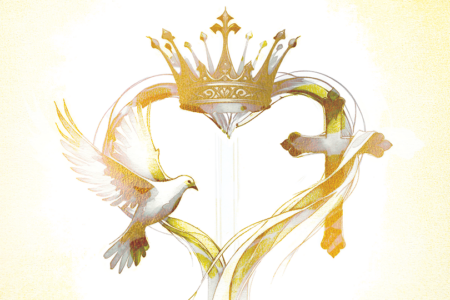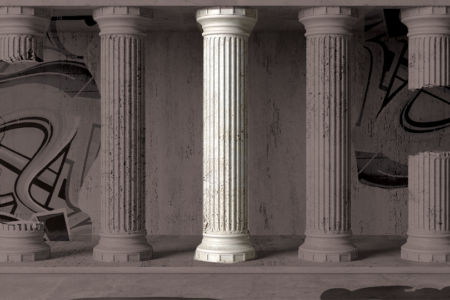Inside View Sep/Oct 2024
God designed and ordained marriage as the natural order of a man and a woman becoming one flesh. The first marriage occurred at the beginning of human history. God brought the first bride to the Garden of Eden when He formed Eve from Adam’s rib and “brought her to the man” (Gen. 2:22). Our modern wedding practice of the bride’s father walking his daughter down the aisle and giving her to the bridegroom is modeled after this first marriage.
But marriage also can be fraught with tension. Consider the story of the Jewish patriarch Jacob who returned to his parents’ homeland to find a bride. Laban, Jacob’s uncle, promised to give Jacob his daughter Rachel as his bride after seven years of work. But when the wedding day arrived, he gave Jacob his other daughter, Leah, deceiving his nephew into working another seven years to marry the woman he loved (29:15–30).
Esau, Jacob’s brother, also entered into a marriage laced with tension. Trying to curry favor with his parents, Esau disappointed them by marrying a heathen Canaanite woman.
On occasion, God commanded a man to marry a specific woman to make a point to Israel. For instance, He instructed the prophet Hosea to wed a harlot to portray Israel’s unfaithfulness in worshiping false gods instead of Him. The Lord pictured His relationship with Israel as a marriage covenant; and, in time, His wife was found unfaithful.
It was no coincidence that the Son of God began His ministry at a wedding in Cana (Jn. 2:1–11). Jesus performed a miracle there by turning water into excellent-tasting wine to continue the wedding celebration, which lasted several days. Thus, the Bridegroom of the yet-to-be-born bride, the church, started His ministry at an event that symbolized the role He would soon fulfill in purchasing His bride with His blood.
Jesus also referenced ancient Jewish wedding customs to illustrate His relationship with His followers (14:1–3). He likened the relationship to a bridegroom who entered a marriage contract with his bride. The contract established that they were betrothed and considered married before their union was consummated. Leaving his bride’s home, the bridegroom returned to his father’s home to prepare a living space for his wife.
On a day of his choosing, the bridegroom returned to his bride’s home to bring her back to his father’s house, where the wedding guests had gathered. The bridegroom took his veiled bride into the wedding chamber to consummate the marriage. (The veil explains why Jacob did not realize Laban had given him Leah instead of Rachel.) Then, he joined the guests for the beginning of the wedding celebration while the bride remained in the chamber. At the end of seven days, the bridegroom brought his unveiled wife out of the chamber and presented her to the guests.
Do you see the parallels between the ancient wedding ceremony and the relationship Christians have with Jesus? Israel’s Messiah purchased believers with His shed blood, and we are His pledged bride. He has returned to His Father’s home in heaven to prepare a place for us, promising to return and gather us, His bride, to Himself.
Marriage is a wonderful picture of our relationship with our Savior and our ironclad hope that He will never forget us. He will return for us one day, and we will be with Him forever.








